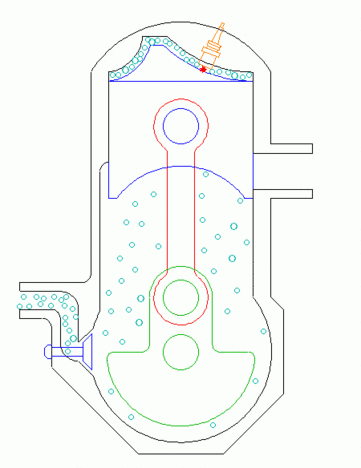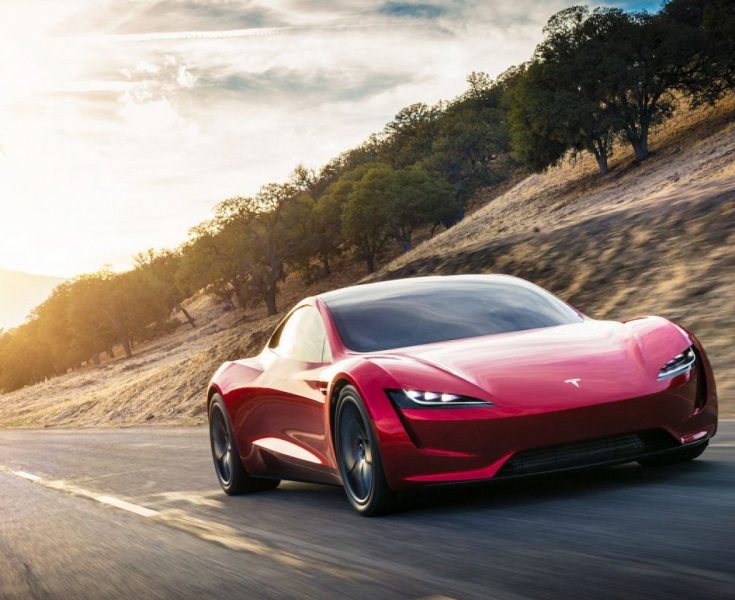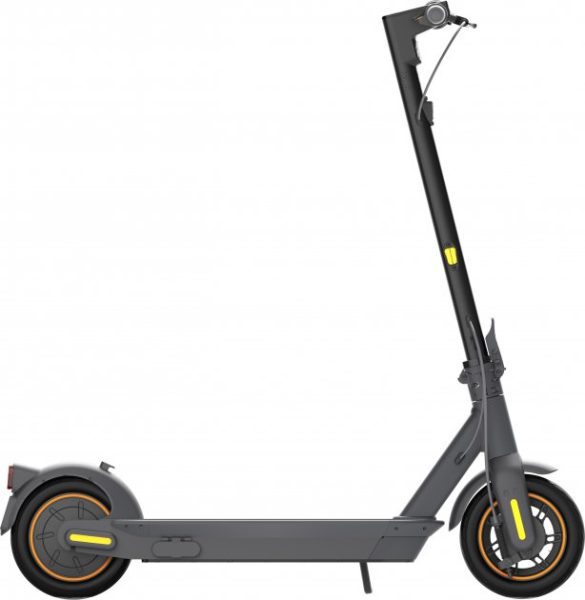
2-stroke engine
Content
Learn 2-bar three movements
How does it work?
Champion of speed, cross, enduro and even trial, the 2-stroke engine knows how to do it all. How does he manage to achieve this feat? This week, Biker Repair forces you to discover the bowels of this avid but not incorrigible smoker to better understand him.
This two-stroke KTM keeps the carburetor power simple. In the near future, he will replace it with a much cleaner and more efficient injection.
The 2-stroke benefits from one combustion per stroke. A huge advantage over a 4-stroke, which allows it to theoretically deliver twice the power at the same displacement. A feature that also gives it exceptional flexibility, very lucrative and known in trials. As you can see from our box, 2 strokes do 2 things at a time (above and below the piston), but unfortunately it mixes the brushes a bit. In fact, it allows fresh gases to flow into the exhaust. A defect that makes it pollute and consume a lot. But, as we will see later, this defect is not prohibitive, especially since it also has other qualities.
Simple and lightweight
There are no valves here, but the "light" that has earned it the nickname "cylinder bore". It is the passage of the piston in front of the lights that ensures distribution, thereby avoiding the use of one or more camshafts driven by a chain equipped with tensioners, all control valves by means of slopes or tappets. Spare parts that result in very reduced production costs as well as maintenance and weight. The qualities that make him a competitive champion.
The engine of the future!
With injection, which sends fuel into the cylinder only after the exhaust gas is closed, the exhaust gas is prevented from losing fresh gas. Pollution and consumption are divided by 2, reaching the levels of current 4-stroke engines while maintaining their natural advantages. This technology is used by Rotax on its 600 and 800 Skidoo twin-cylinders (photo), which develop 120 and 163 hp. at 8000 rpm, respectively. Whatever we say, the second bit hasn't had its last word yet !!!
Box
2 hits and 3 movements
The two-stroke has this name because it performs the 4 phases of its cycle ... in 2 steps. He achieves this feat by working simultaneously above and below the piston. Let's take a close look at how this works.
Illustration # 1:
(Above the piston): Raising the piston compresses the mixture. This is the compression phase.
(Below the piston): At the same time, the displacement of the piston increases the volume of the crankcase. Thus, the depression sucks the mixture through the valves. This is the acceptance phase.
Illustration # 2:
(Above the piston): The piston has just reached the top of its stroke. He's in High Still, or PMH. The spark from the spark plug causes the mixture to burn and the piston begins to descend. This is the combustion phase.
(Below the piston): The crankcase volume is at its maximum and the intake ends. As a rule, both modern times are equipped with a lower casing inlet and check valves, as here, to prevent the discharge of fresh gases that have just been taken in.
Illustration # 3:
(Above the piston): Combustion increases pressure and temperature. The gases expand and lower the piston. This is the driving phase of the cycle, also called relaxation. As soon as the exhaust light opens (left), the pressure drops, thereby preparing the entry of the pre-compressed fresh gases into the lower housing.
(Under the piston): The volume of the crankcase decreases, which causes the valves to close and the fresh (green) gases are pre-compressed. Opening the transmission lights will soon remove fresh gases from the cylinder. It is noted that the wide open exhaust light allows some gases to escape from the engine without burning. Experts call this "short circuit"

